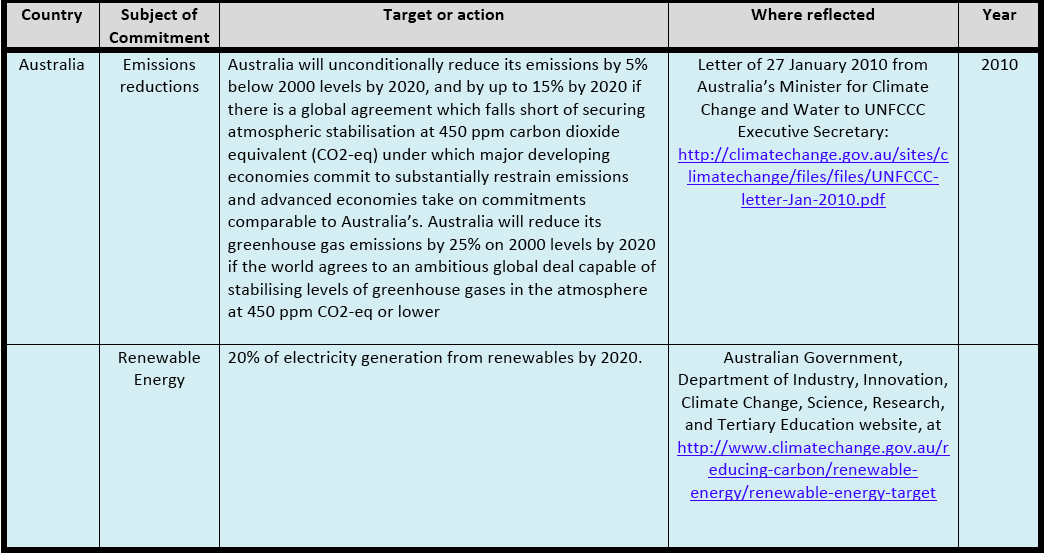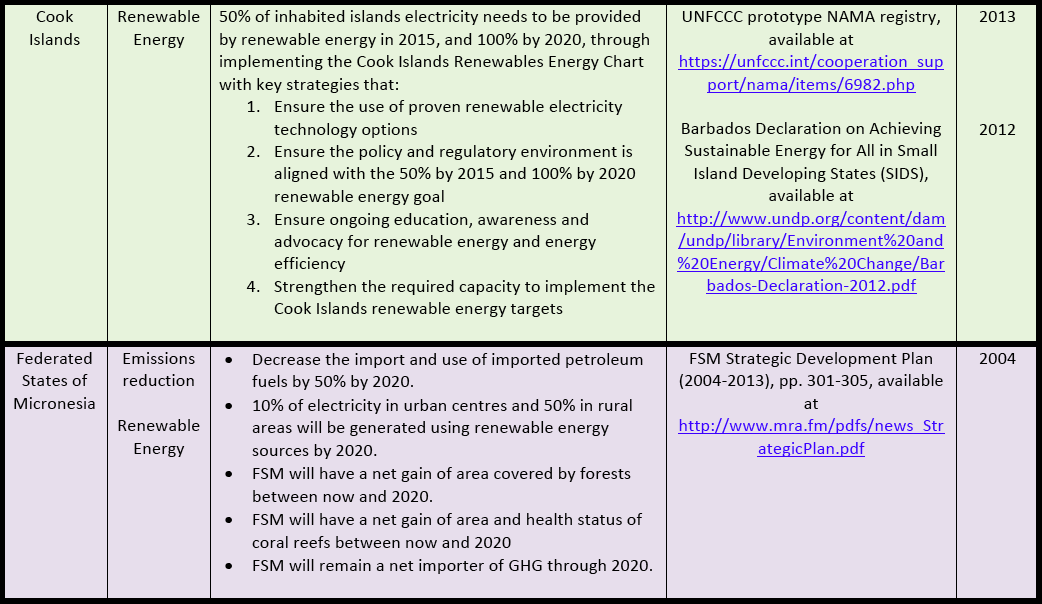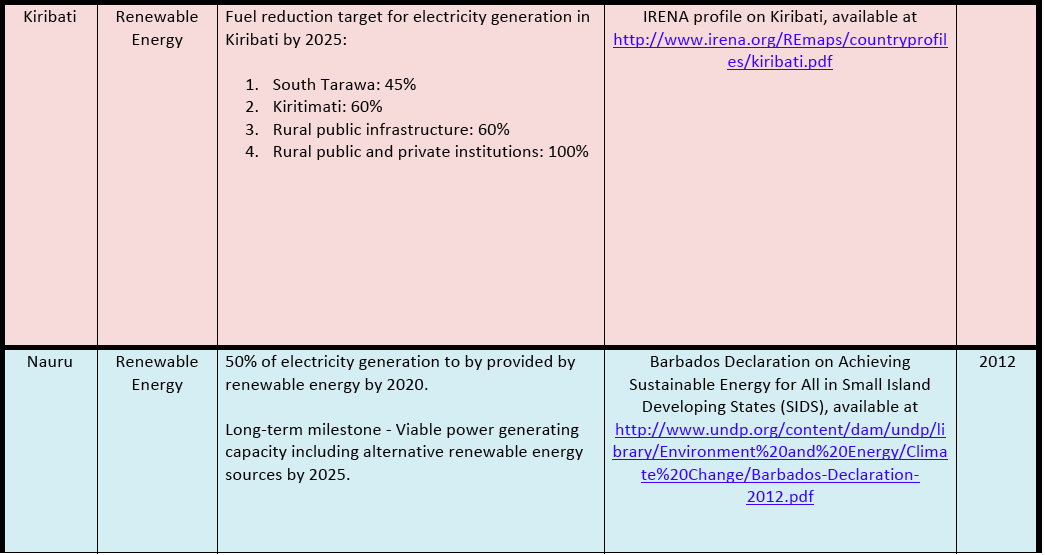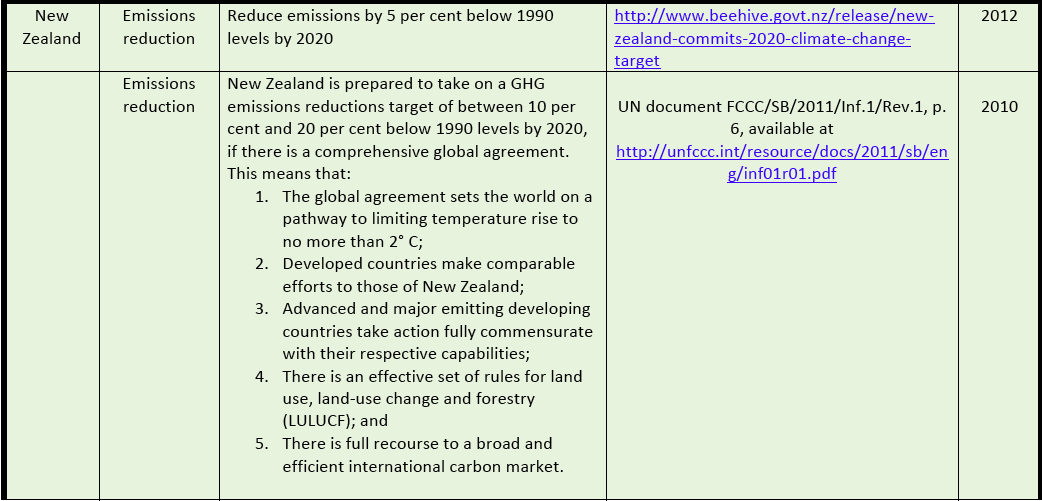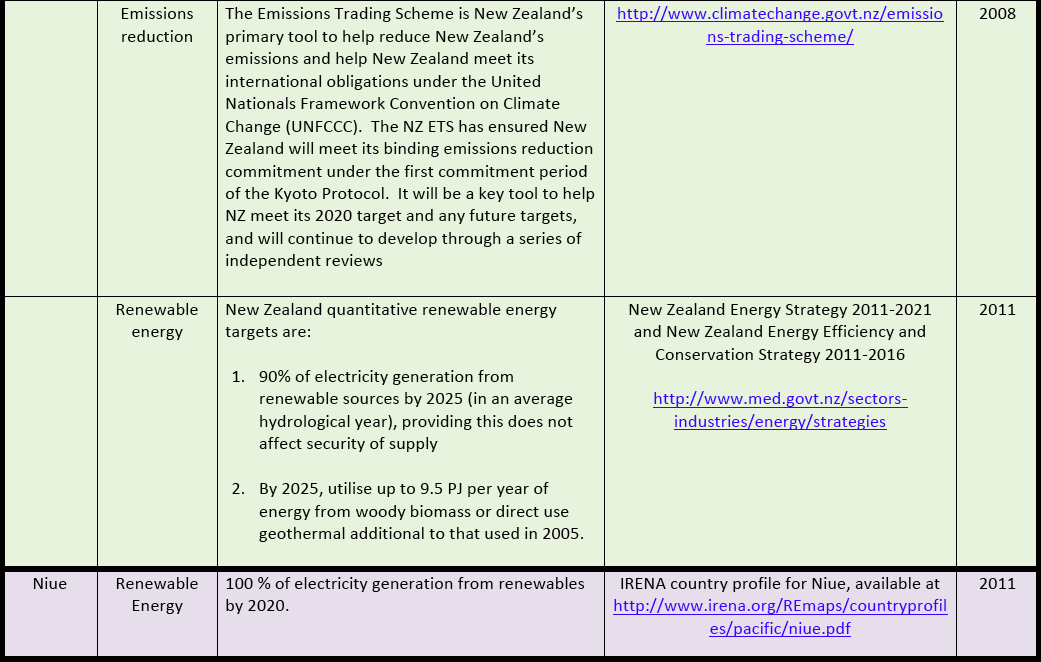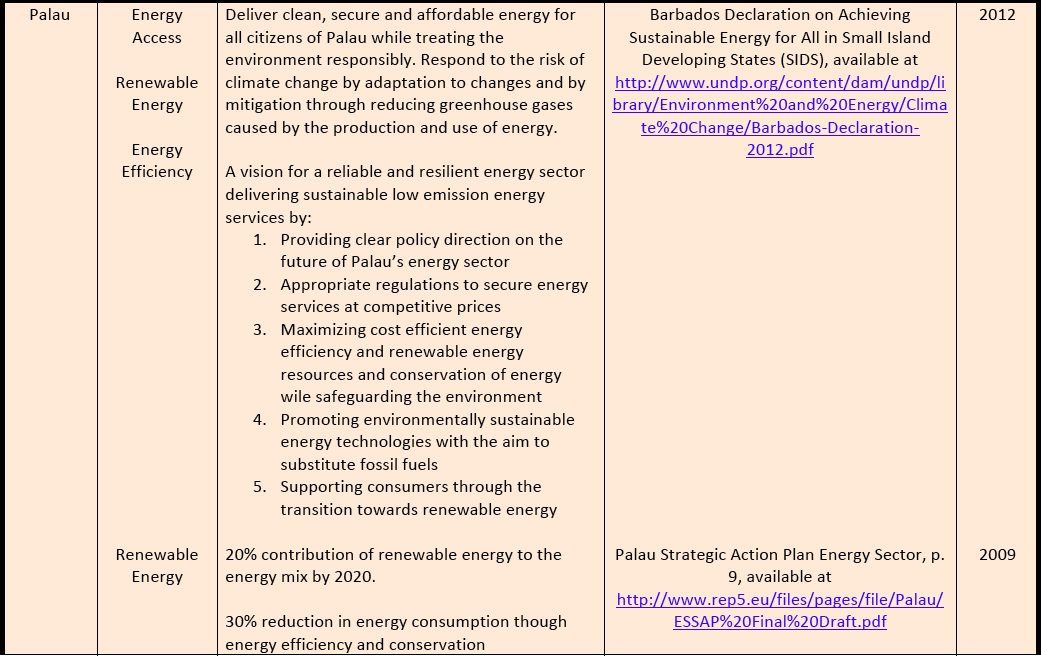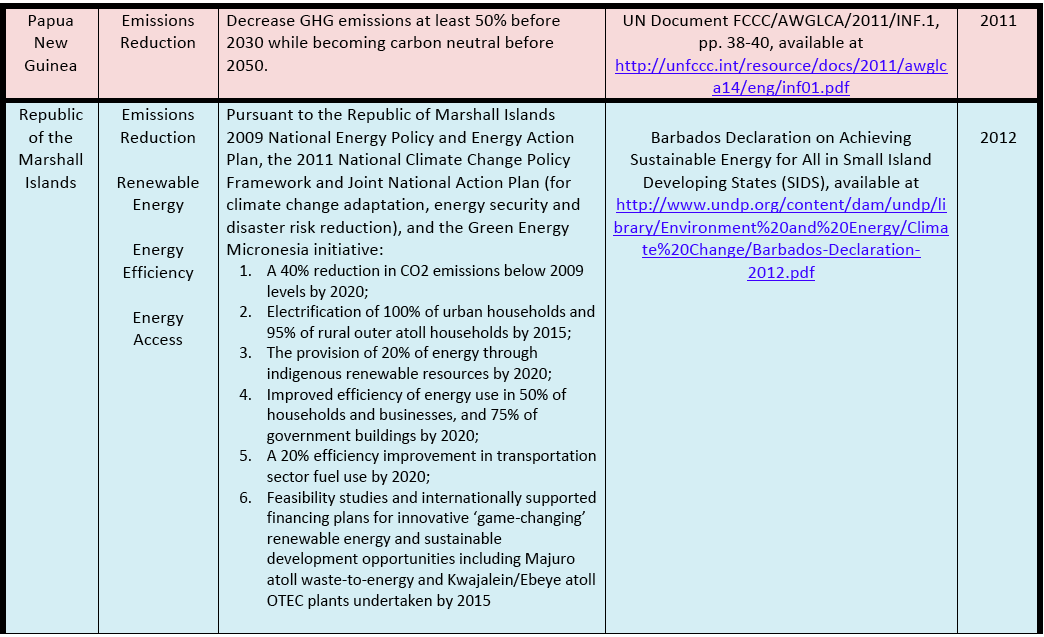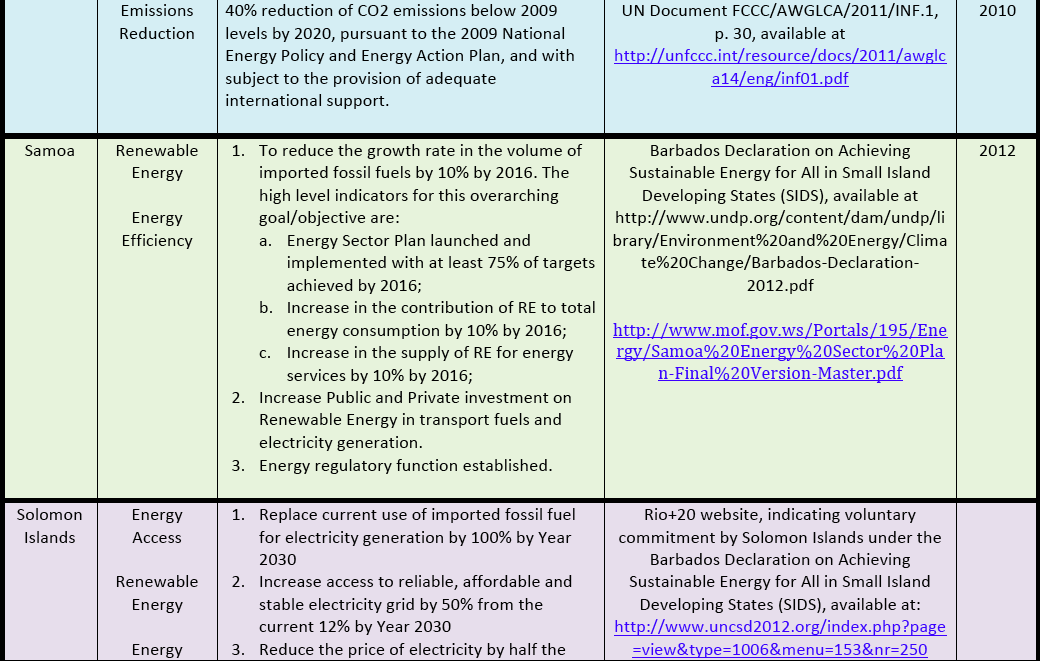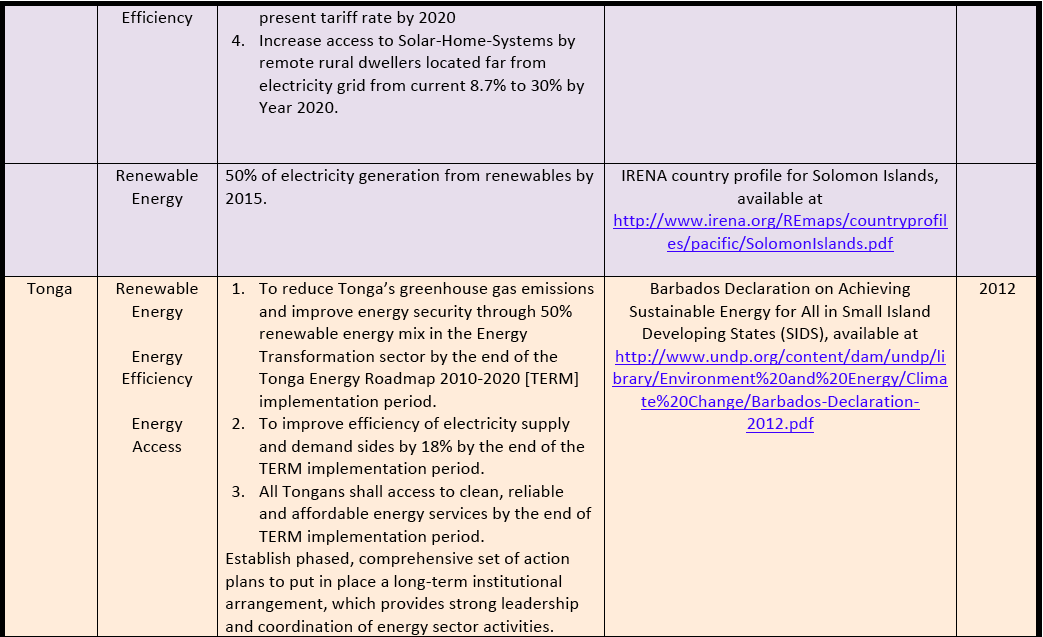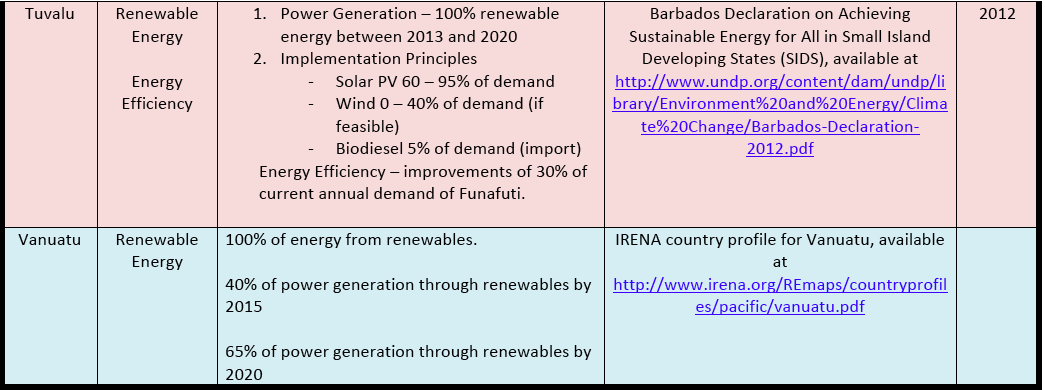NOTE: Some content may not display correctly, including tables and figures. See PDF for full details
MAJURO DECLARATION FOR CLIMATE LEADERSHIP
1. Climate change has arrrived. It is the greatest threat to the livelihood ds, security and well-being of the people es of the Pacific and one of the greatest challengees for the entire world.
2. There is an overwhel lming scientific consensus that escalating green nhouse gas emissions continue to cause the sharp rise in average global temperatures o over the past century, the alarming acidific cation of our oceans, the rapid loss of polar sea ice, sea-level rise, and the striking inciden nce of more frequent and extreme weather even nts all over the world.
3. On 9 May 2013, atmo ospheric concentrations of carbon dioxide meas sured near the summit of Mauna Loa in Hawai’i exceeded 400 parts per million for the first time since measurements began. In crossing this historic threshold, the world en ntered a new danger zone. Unless we quic ckly change course, global average temperature es are projected to rise by 4°C or m more above pre-industrial levels by the end of th he Century, resulting in unprecedented h human and environmental impacts.
4. We, the Leaders of th he Pacific Islands Forum, underline the need for urgent action at all levels to reduce greenhouse gas emissions commensurate with the science and to respond urgently and d sufficiently to the social, economic and securityy impacts of climate change to ensure the e survival and viability of all Pacific small island d developing States, in particular low-lyingg atoll States, and other vulnerable countries an nd regions worldwide.
5. At the same time, we recognize that the necessary energy revolution n and economic transformation to low-carbon development is an unprecedented opportunity to enhance our security, prot tect and ensure the sustainability of our natura al resources and environment, and to imp prove our people’s health.
Our Responsibility to Act
6. We confirm the respo onsibility of all to act to urgently reduce and ph ase down greenhouse gas pollution in oorder to avert a climate crisis for present and fu uture generations.
7. The responsibility of all to act falls to every government, every comp pany, every organization and every perso on with the capacity to do so, both individually and collectively.
Our Commitment to be Climate Leaders
8. We commit to be Clim mate Leaders.
9. To lead is to act. In supporting this Declaration, a government, economic entity, company, civil society organization or individual commits to demonstrate climate leadership through action that contributes to the urgent reduction and phase down of greenhouse gas pollution.
10. Recognizing our unique vulnerability to climate change, the predicted catastrophic impacts on the security and livelihoods of our people, and the significant benefits that come with our transition to renewable, clean and sustainable energy sources, we, the Leaders of the Pacific Islands Forum, confirm our climate leadership in the form of the commitments listed at the end of this Declaration. We also want to do more.
11. We call on our partners to enhance, accelerate and ensure the effective delivery of their support for the design and implementation of the commitments of the Pacific small island developing States.
12. We also call on others, in particular our Post-Forum Dialogue Partners, to contribute to the urgent reduction and phase down of greenhouse gas pollution. Those who support this Declaration will list specific commitments that contribute more than previous efforts to the urgent reduction and phase down of greenhouse gas pollution, and will submit them to the Chair of the Pacific Islands Forum for listing with this Declaration.
13. This Declaration is a platform for an upward spiral of action to urgently reduce and phase down greenhouse gas pollution. Those who support this Declaration are strongly encouraged to continue to scale-up their efforts by submitting for listing further specific commitments that contribute more than previous efforts to the urgent reduction and phase down of greenhouse pollution.
14. In addition, we commit to accelerate and intensify our efforts to prepare for and adapt to the intensifying impacts of climate change, and to further develop and implement policies, strategies and legislative frameworks, with support where necessary, to climate-proof our essential physical infrastructure, adapt our key economic sectors and ensure climate-resilient sustainable development for present and future generations.
15. This Declaration will be presented by the Chair of the Pacific Islands Forum to the Secretary-General of the United Nations as a contribution to his efforts to catalyze ambitious climate action and mobilize political will for a universal, ambitious and legally-binding climate change agreement by 2015.
16. This Declaration and the actions under it are intended to complement, strengthen and augment processes under way and commitments already made, including those under the United Nations Framework Convention on Climate Change and its Kyoto Protocol.
17. We agree to review the status and implementation of this Declaration at the 45th Pacific Island Forum Leaders’ meeting.
Adopted in Majuro, the Republic of the Marshall Islands, on this, the 5th day of September, 2013.
